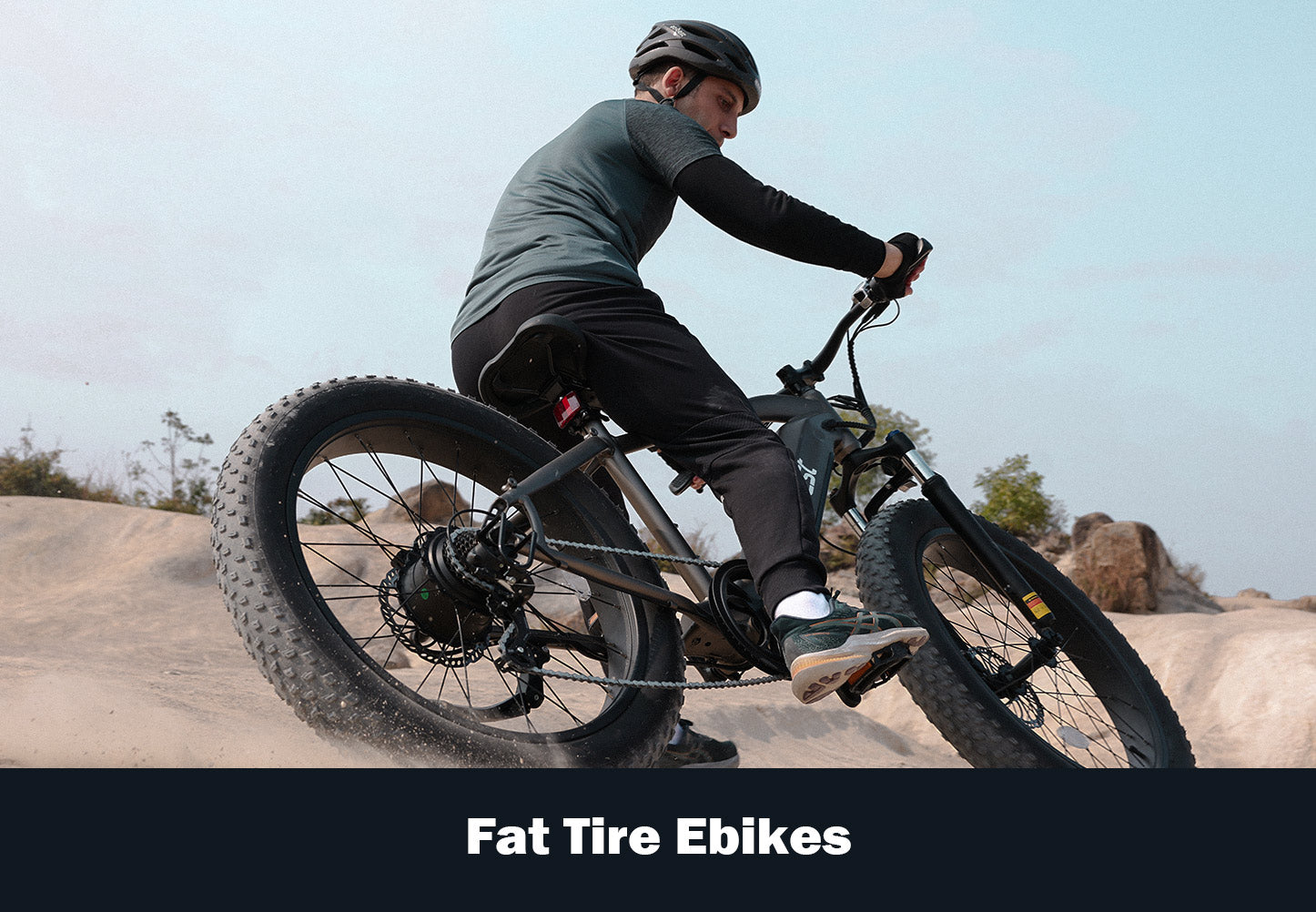Unleash Your Ride: The Ultimate Guide to Choosing the Perfect Electric Motor Kit for Your Bike!
In recent years, electric bicycles have surged in popularity, revolutionizing the way we commute, exercise, and explore. An electric motor kit for bicycles allows riders to transform their traditional bikes into electric models, opening up a world of convenience and enjoyment. These kits not only make cycling accessible to a broader audience but also enhance the riding experience with features like increased speed and improved range. This article will serve as your comprehensive guide to help you choose the right electric motor kit for your bike and provide tips on how to utilize it effectively. Whether you are a seasoned cyclist or a newcomer, the right kit can significantly elevate your biking adventures.

Understanding Electric Motor Kits
An electric motor kit typically consists of several essential components designed to convert a standard bicycle into an electric bike. The primary components include the electric motor, battery, controller, and various mounting hardware. The electric motor can be mounted in different locations, depending on the type of kit, while the battery provides the necessary power to propel the bike. Converting a traditional bike to an electric bike offers numerous advantages: it allows for longer rides without fatigue, helps reduce the impact of hills on your journey, and can even make commuting a breeze. With the right electric motor kit, cyclists can enjoy an eco-friendly mode of transportation that promotes fitness while minimizing carbon footprints.
Key Factors to Consider When Choosing an Electric Motor Kit
When selecting an electric motor kit for your bicycle, several key factors should be taken into consideration. First, determine the type of motor you prefer: hub motors are mounted in the wheel hub and are generally easier to install, while mid-drive motors are positioned at the bike's crank and offer better performance on hills and varied terrains. Next, consider the battery capacity, measured in watt-hours (Wh), which directly influences your bike's range. A higher capacity battery allows for longer rides between charges. Additionally, assess the power output of the motor, usually indicated in watts. A motor with higher wattage will provide more acceleration and speed. Compatibility with your bike type is also crucial; ensure the kit you choose is suitable for your bicycle's frame and wheel size to guarantee a seamless integration.
Motor Types: Hub vs. Mid-Drive
Hub motors and mid-drive motors each come with their own set of benefits and drawbacks. Hub motors are typically quieter and require less maintenance, making them appealing for casual riders. They also provide a smoother ride since the motor is integrated into the wheel. However, they can make it harder to climb steep hills and may result in a less balanced bike due to added weight at the wheel. On the other hand, mid-drive motors offer superior torque and performance, particularly on inclines, as they leverage the bike's gearing system. While they tend to be more complex to install and maintain, many enthusiasts prefer them for their overall efficiency and capability. Ultimately, the choice between hub and mid-drive motors will depend on your riding style and the terrain you plan to tackle.
Installation and Maintenance Tips
Installing an electric motor kit can vary in complexity based on the type of kit you choose. Generally, you will need basic tools such as a wrench set, screwdrivers, and possibly a torque wrench. Before starting the installation, it's essential to read the manufacturer's instructions thoroughly and ensure you have all necessary components on hand. Safety is paramount, so wear gloves and goggles during the installation. Once installed, maintaining your electric motor kit is crucial for longevity. Regularly check the battery for any signs of wear, ensure connections are secure, and keep the motor clean from dirt and debris. Additionally, it’s wise to monitor the battery charge and avoid letting it deplete completely to prolong its lifespan.
Enhancing Your Riding Experience with Accessories
To truly maximize the benefits of your electric bike, consider adding a few accessories. A display can provide valuable information such as speed, distance traveled, and battery level, keeping you informed while riding. Lights are essential for safety, especially if you plan to ride at night or in low-light conditions. Additionally, investing in quality safety gear, such as helmets and reflective clothing, can enhance your overall riding experience. Accessories not only improve functionality but can also add a personal touch to your bike, making each ride more enjoyable and tailored to your preferences.
Final Thoughts on Choosing an Electric Motor Kit
Choosing the right electric motor kit for your bicycle involves careful consideration of various factors, including motor type, battery capacity, and compatibility with your bike. By understanding the components and their benefits, you can make an informed decision that enhances your riding experience. Coupled with proper installation and maintenance, your electric motor kit can provide countless hours of enjoyment, transforming your cycling adventures. Remember to explore additional accessories that can further enrich your biking experience, and take the time to find a kit that aligns with your specific needs and preferences. With the right setup, the road ahead is bound to be thrilling!








